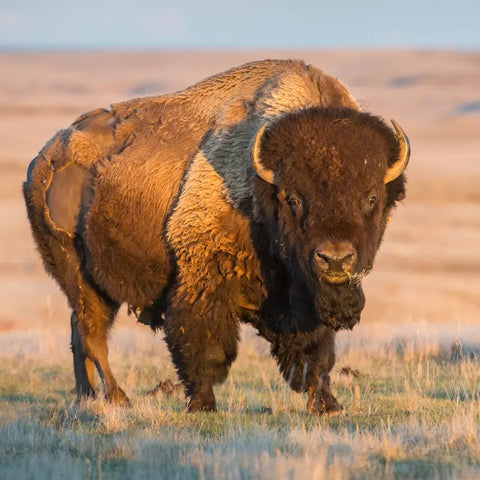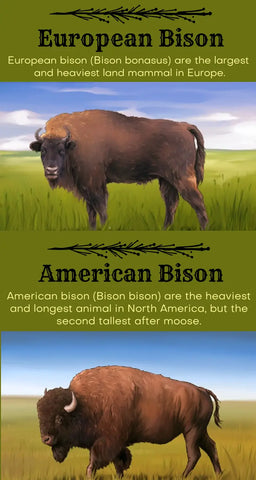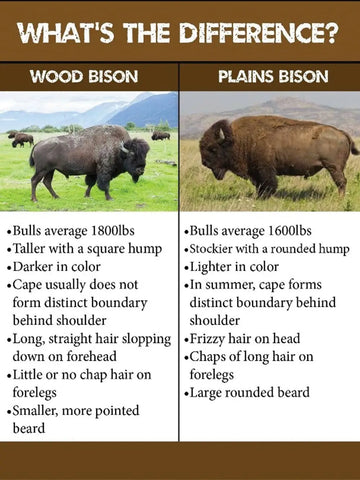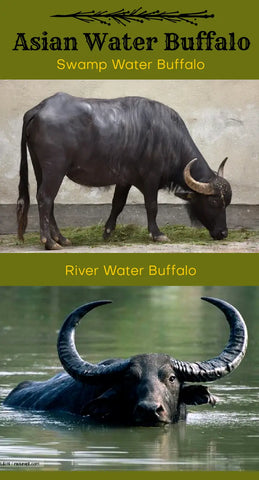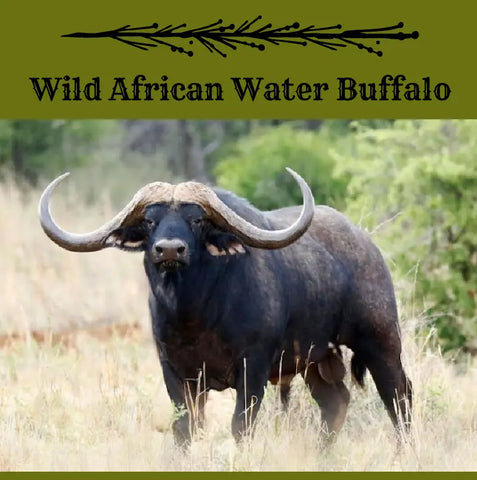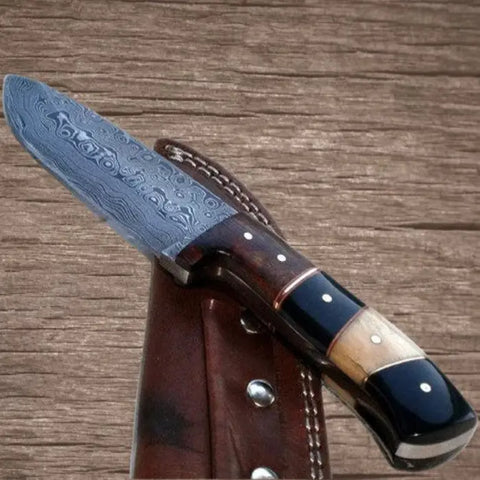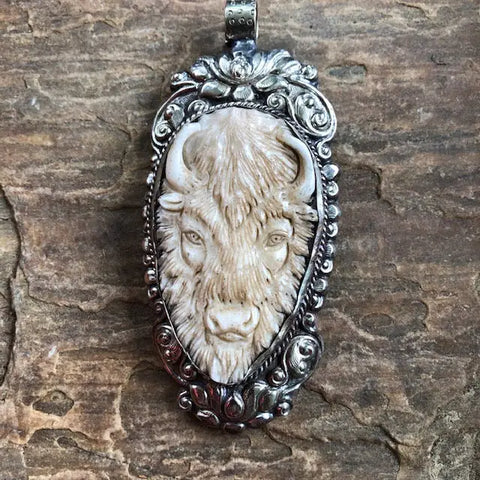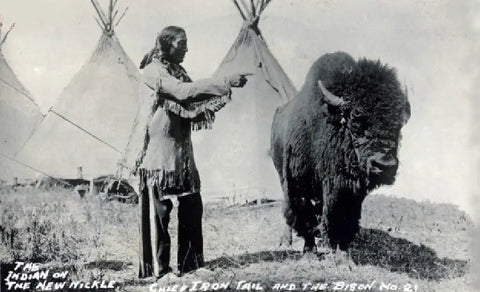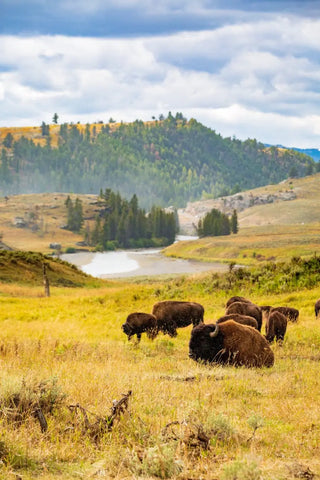- Home
-
Collections
- All Collections
- What's New???
- Specials
-
All SG Liquid Metal Jewelry
- Turquoise Heaven
- Andrea Record Fine Art
- Horse Collection
- Spirit Animal Collection
- Yellowstone Spirit Southwestern Collection
- Fine Knives
- Handbags and Totes
- Sertodo Copper
- Andrea Record & Friends Music MP3
- All Rapt In Maille Chain Mail Jewelry
-
Our Story
- Ordering & Privacy
- Contact Us
-
Blogs
- Tequila & Mezcal ~ The Healthier Spirits & Andrea's Magical Journey
- Andrea's Healing Journey & TEPACHE' RECIPE
-
Andrea's Adventures
-
Skyler White's Corner
-
Caring for your Jewelry and other Tidbits
-
Explore and Learn!
- Perry Eury ~ A National Treasure
- Come visit us!
- Home
-
Collections
- All Collections
- What's New???
- Specials
- All SG Liquid Metal Jewelry
- Turquoise Heaven
- Andrea Record Fine Art
- Horse Collection
- Spirit Animal Collection
- Yellowstone Spirit Southwestern Collection
- Fine Knives
- Handbags and Totes
- Sertodo Copper
- Andrea Record & Friends Music MP3
- All Rapt In Maille Chain Mail Jewelry
- Our Story
- Ordering & Privacy
- Contact Us
- Blogs
- Come visit us!



